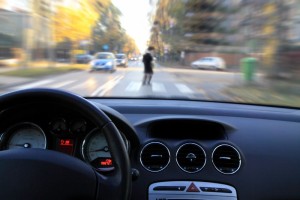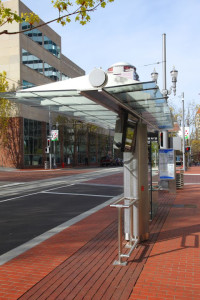 People who sustain catastrophic injuries in accidents often have their lives changed for a long time—if not permanently. In order to recover, a victim must prove the value of their damages.1 The following are examples of evidence that a California accident attorney can use to prove damages after a catastrophic injury:
People who sustain catastrophic injuries in accidents often have their lives changed for a long time—if not permanently. In order to recover, a victim must prove the value of their damages.1 The following are examples of evidence that a California accident attorney can use to prove damages after a catastrophic injury:
Past medical expenses and lost income – The financial losses that you have already incurred are often the easiest type of damages to prove in a personal injury case. For example, medical bills can concretely indicate how much your treatment cost and paystubs and timesheets can show how much work and income you lost. However, if the other party questions whether all of your treatments or time off work were necessary, you may need a medical or occupational expert to testify regarding your injuries. Additionally, if the opposing party disputes the severity or cause of your injury, your doctor may have to testify to your diagnosis.
Future medical costs and lost income – Proving the estimated losses you will likely incur in the future due to your injuries is slightly more complex. A medical professional can testify to your prognosis and the necessary future treatment for your recovery, as well as the usual cost of those treatments. If you are unable to return to your previous job, an occupational expert can assess your work abilities—if any—to determine your future earning capabilities. This can then be used by economic experts who can use inflation2 and other calculations to determine your future lost earning ability, income, benefits, and more.
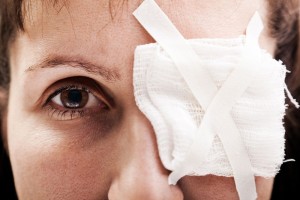 Injuries to the eyes are very serious and often can be hard to treat. The eye is a very delicate organ and the bone and muscle structure around the eye can easily be damaged. Injuries to the eyes can lead to changes in physical appearance of the face, changes to vision, and possibly blindness.
Injuries to the eyes are very serious and often can be hard to treat. The eye is a very delicate organ and the bone and muscle structure around the eye can easily be damaged. Injuries to the eyes can lead to changes in physical appearance of the face, changes to vision, and possibly blindness.



 People who sustain catastrophic injuries in accidents often have their lives changed for a long time—if not permanently. In order to recover, a victim must prove the value of their
People who sustain catastrophic injuries in accidents often have their lives changed for a long time—if not permanently. In order to recover, a victim must prove the value of their 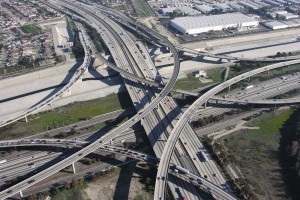
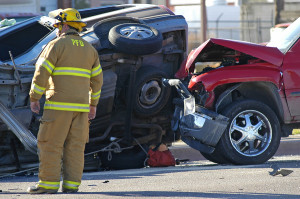 After a traffic collision, a fall, or any other type of accident, most victims wonder whether should discuss their case with an attorney. Unfortunately, if their injuries do not seem to be serious, many accident
After a traffic collision, a fall, or any other type of accident, most victims wonder whether should discuss their case with an attorney. Unfortunately, if their injuries do not seem to be serious, many accident 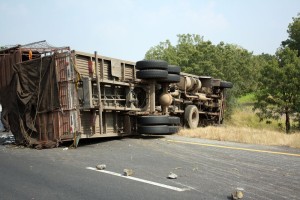

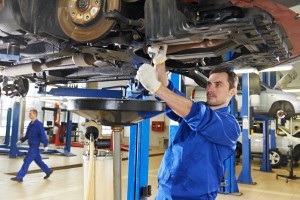
 “Lane-splitting” occurs when a motorcyclist between lanes of slow-moving or stopped traffic. This practice is against the law in 49 states and the District of Columbia, and California is the only state in the country that does not have a law specifically outlawing lane-splitting. California also does not have a law specifically stating that lane-splitting is legal and, therefore, many motorists become angry when motorcyclists engage in this behavior. Though lane-splitting can be distracting to motorists and can lead to accidents and injuries, the practice can be safe when done in a prudent and safe manner. If a motorcyclist fails to be careful or reasonable when lane-splitting and a collision occurs, any injured
“Lane-splitting” occurs when a motorcyclist between lanes of slow-moving or stopped traffic. This practice is against the law in 49 states and the District of Columbia, and California is the only state in the country that does not have a law specifically outlawing lane-splitting. California also does not have a law specifically stating that lane-splitting is legal and, therefore, many motorists become angry when motorcyclists engage in this behavior. Though lane-splitting can be distracting to motorists and can lead to accidents and injuries, the practice can be safe when done in a prudent and safe manner. If a motorcyclist fails to be careful or reasonable when lane-splitting and a collision occurs, any injured 